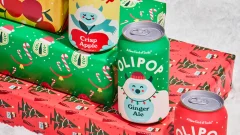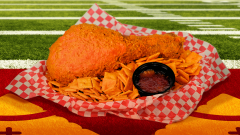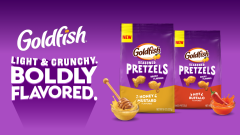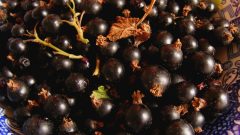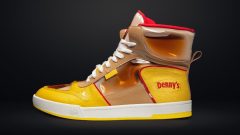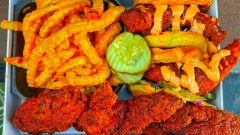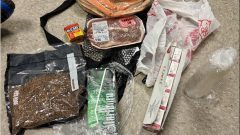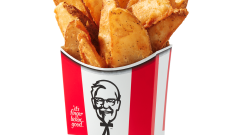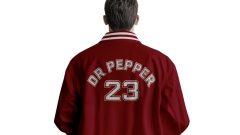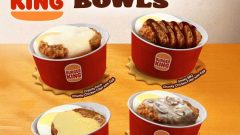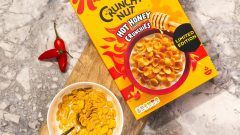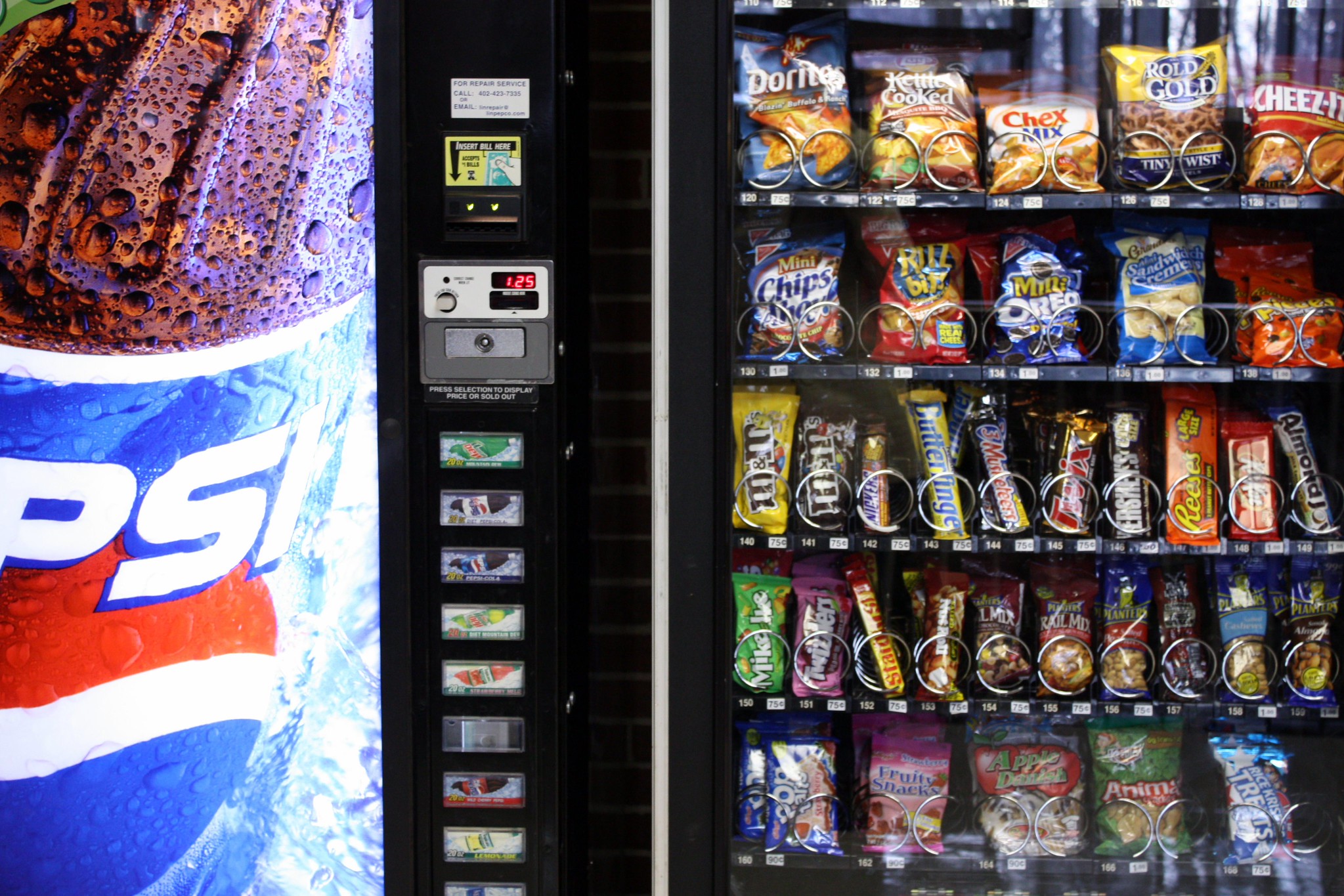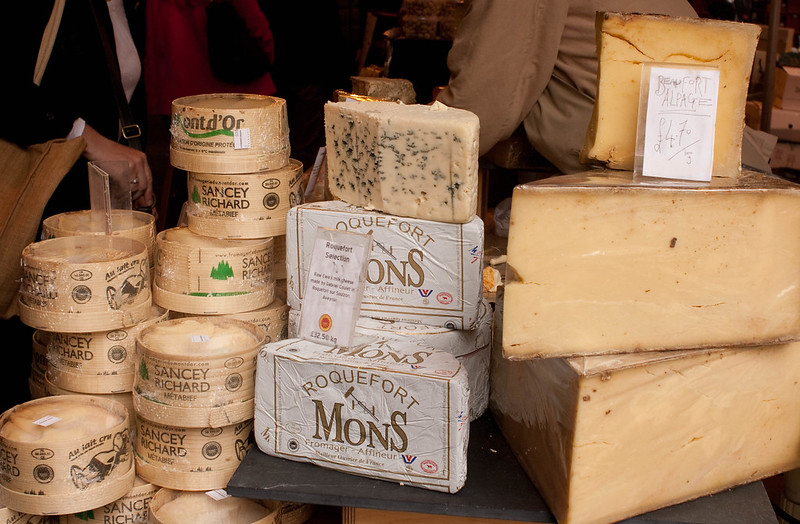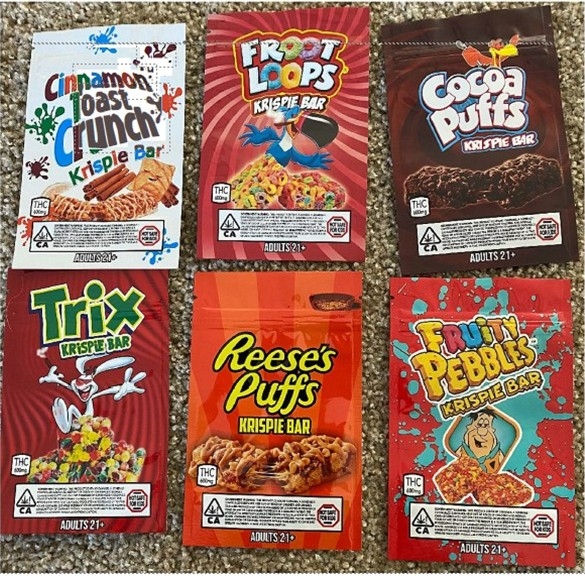The Unfortunate Plight Of Life-Saving Hibiscus Tea In The US
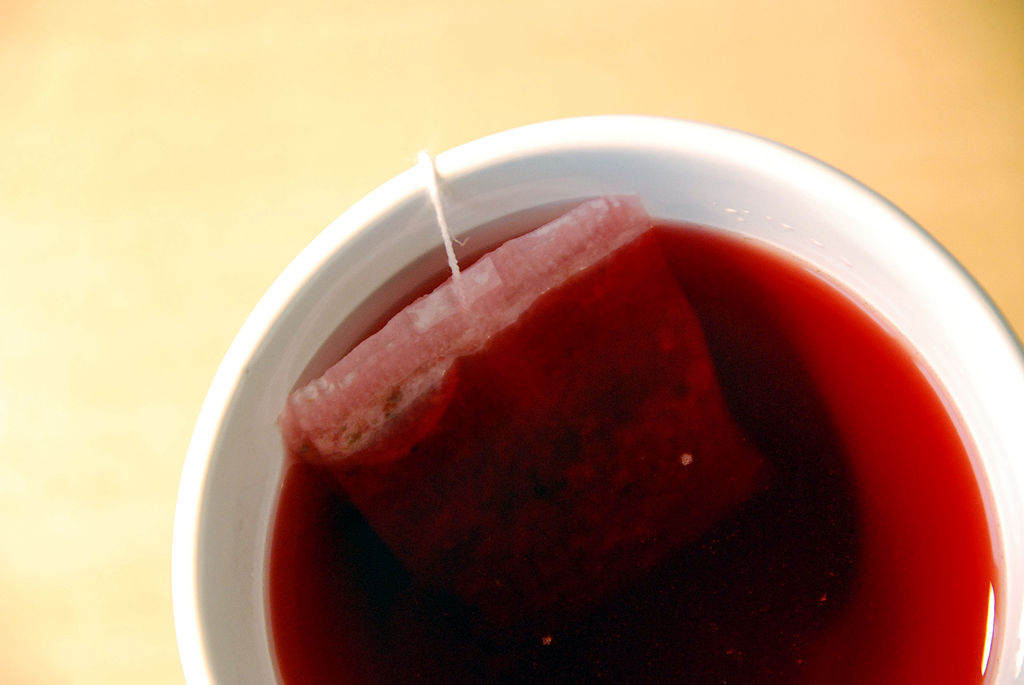
So, when is it hibiscus tea’s turn? That beautifully tart, bright crimson tea has been popular for hundreds of years all over the rest of the world, where it goes by many names. In the US it hasn’t become trendy like chai or matcha or even boba tea (which is inexplicably everywhere for something that’s like drinking standard black milk tea that a giant frog has laid eggs in). Hibiscus tea is a long-standing cultural staple in social settings around the world, but not here for some reason.

Credit: cyclonebill , via Wikimedia Commons
One fan said it best in his extensive essay about the drink:
As a ravishing bright red drink, as a folk remedy, as a pharmaceutical aid and commercial coloring agent, [hibiscus] is surely one of the Earth’s “wonder plants,” a gift of God that seems almost a remnant of the Garden of Eden. What more can you ask of a single plant?
What more can you ask? Well, I suppose any of the following reasons could explain why it’s not more popular in the US:
It’s Called “Hibiscus”
The Celestial Seasonings version, named back in the ’70s, is called Red Zinger. Elsewhere in the US it’s relegated to novelty drinks whose names contain words like “cooler” and “splash” — and that’s when you can find it at all. “Red Zinger” is actually probably slightly better than “hibiscus tea” for a mass market, but neither holds a candle to the South American agua de flor de Jamaica, the Egyptian karkady, the Australian rosella, or the Jamaican sorrel. In Senegal it’s called bissap, which is a bit less poetic in American English phonology, but still has a certain dignity about it that “hibiscus” just isn’t capable of. It’s all the same stuff, but what it’s called matters.

Credit: Celestial Seasonings
Our name for it is easily the worst, and our country is where it’s least popular. Coincidence? “Hibiscus” sounds variously like a really phlegmy disease, an event that was in the original Olympics but was banned over human rights concerns, part of an insect, the sound I make when I sneeze, an off-brand car your dad insisted on driving you to school in, or a race of evil beings from Lord of the Rings.
It’s Too Healthy
A lot of what you hear about hibiscus tea in the States is centered on its various health benefits, which sounds like it would make the drink more attractive, but only theoretically. Hibiscus tea has the ability to potentially reduce high blood pressure, sure, but it’s not a fad diet or get-thin-quick miracle, which means it might as well be Centrum capsules. Its true health effects are still being studied, but in addition to the blood pressure benefits, proponents claim it aids in lowering cholesterol, which hasn’t been proven scientifically, but hey, it definitely doesn’t raise cholesterol, so there’s that. It’s also definitely got antioxidants, which we all know are great for us, at least at the moment.

Credit: T.K. Naliaka, via Wikimedia Commons
In the US, once something has been labeled healthy, it’s tough to gain the kind of popularity you need to become a real cultural presence. We prefer to love something and then later find out it’s healthy (e.g., coffee, wine, red meat, chocolate, and all the other things that swing in and out of the “good for you” category every other year).
It’s Caffeine-Free
You will find a drink with hibiscus tea in it at Starbucks, but its lack of caffeine means it will never be a substitute for your morning latte, and if you want one you’re going to have to actually say the words “Very Berry Hibiscus Refresher” to another human, so that’s strike two. Around the globe, hibiscus tea over ice with sugar added is a summer drink, a real thirst-quencher and pick-me-up, but without the caffeine. In Thai cities you can buy it on every corner, and cities all over the world, from North Africa to Latin America, have a similar story. In Europe the tea is also ubiquitous, and it’s often served hot. Other places, the temperature depends on the time of year.

Credit: Hitomifox, via Wikimedia Commons
Does this sound familiar? It’s a drink of the people, an everyday beverage for any season that’s affordable and delicious, much like what coffee has become in the US (though whether that’s affordable depends on how you take your coffee, but the basic ingredient itself is very inexpensive). One of the main differences is that deliciously addictive caffeine, which other countries also have and drink plenty of. We’re just so hooked on the buzz that no drink without caffeine is going to challenge coffee’s dominance in the US. But in other countries, not only is hibiscus tea on every corner, it’s also often a larger social touchstone: In Egypt it’s used to toast at weddings, and it’s the national drink of Senegal. For many other cultures, presumably, meeting for a hibiscus tea is their “Let’s grab coffee.”
It’s Not a Popular Mixer
So no caffeine … if it doesn’t get you drunk or go well on cereal, maybe it’s not such a surprise that this drink hasn’t caught on. Yet recipes abound for hibiscus tea cocktails online. Its tart fruity flavor, compared often to cranberry, sounds like the perfect mixer for vodka, tequila, or maybe gin. Other countries have found boozy uses: In Jamaica it’s steeped with ginger, clove, and cinnamon and served with rum, which sounds awesome. There, it’s a traditional Christmas drink. In some parts of the Indo-Pacific hibiscus is made into wine.

So then, one simple solution could change how popular hibiscus tea is in the US: a Hibiscus Red Bull vodka cocktail. Now we’ve got a popular caffeinated beverage that gets you drunk, and suddenly hibiscus tea is on the map. That, or …
Oprah Hasn’t Done an Entire Episode About It
This is self-explanatory.

